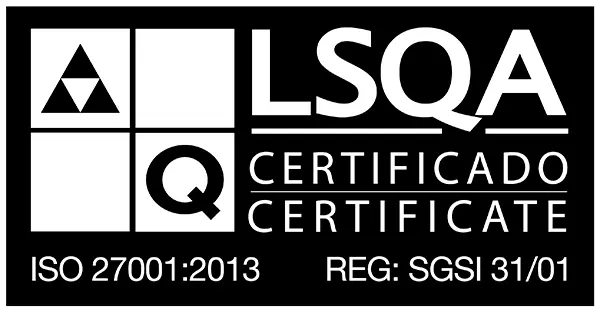+25
millones de clientes amando a sus bancos
+120
millones de transacciones

+25
Países en Latam y Caribe

+40
implementaciones exitosas
somos especialistas
En Infocorp nos especializamos en Banca Digital
A través de nuestra Suite IC Banking, brindamos a los bancos soluciones ágiles y flexibles para ayudarlos a potenciar la experiencia de sus clientes.

+40 bancos confían en nosotros
























































Nuestro método
Diseñamos, implementamos y evolucionamos los productos en sólida conexión con los clientes entendiendo que es la única forma de lograr un impacto verdadero en sus negocios.
B-Fly
Una metodología basada en cinco pilares que permite el perfecto balance entre producto y customización y entre solidez y evolución.
Todos somos producto
Un proceso horizontal y democrático sin silos, donde el aporte de todos genera resultados excepcionales para cada cliente.
Proyectos dinámicos
Formamos equipos según las necesidades del proyecto, asignando expertos en distintos momentos del proceso. Priorizamos el talento y los resultados por encima de las áreas o funciones.
El mañana es hoy
Analizamos los avances tecnológicos, el ecosistema financiero mundial y coyunturas legales y proactivamente proponemos soluciones novedosas.
Testimonios
Así hablan de nosotros quienes nos conocen. ¡Ahora te toca a tí!

Ante la necesidad de abrir 230.000 cuentas en un mes para la distribución de subsidios, nuestra infraestructura no estaba lista para ese volumen. Infocorp reaccionó ágilmente, realizando los ajustes necesarios para superar el desafío en poco tiempo.



Con SARA, Ficohsa revolucionó la atención bancaria digital, brindando un servicio ágil, accesible y seguro a través de redes sociales. La adopción de WhatsApp permitió un crecimiento del 200% en clientes activos y un aumento del 160% en transacciones, mejorando la experiencia y fidelización de los usuarios.

Trabajar con Banco Comafi nos permitió transformar su plataforma digital en un canal más simple, ágil y seguro. Desde mejorar el everyday banking hasta sumar préstamos precalificados, dolar MEP y avances en seguridad como
biometría y tokenización, cada innovación elevó la experiencia del cliente y fortaleció la confianza en sus operaciones.
biometría y tokenización, cada innovación elevó la experiencia del cliente y fortaleció la confianza en sus operaciones.

Librería Digital
Nuestras últimas publicaciones
productos
Soluciones para los usuarios de todos los tipos de bancos.
Banca Corporativa
Soluciones completas, inteligentes y omnicanales para la banca corporativa.
Banca Personas
Estar donde están las personas y darles lo que necesitan. De eso se trata.
Banca Pymes
Empodera a tus clientes en la gestión de sus finanzas, a través de herramientas y soluciones pensadas a su medida.
Banca All Business
Clientes personales, profesionales, pymes, corporativos. Cada uno quiere un Banco a su medida.
queremos conocerte




